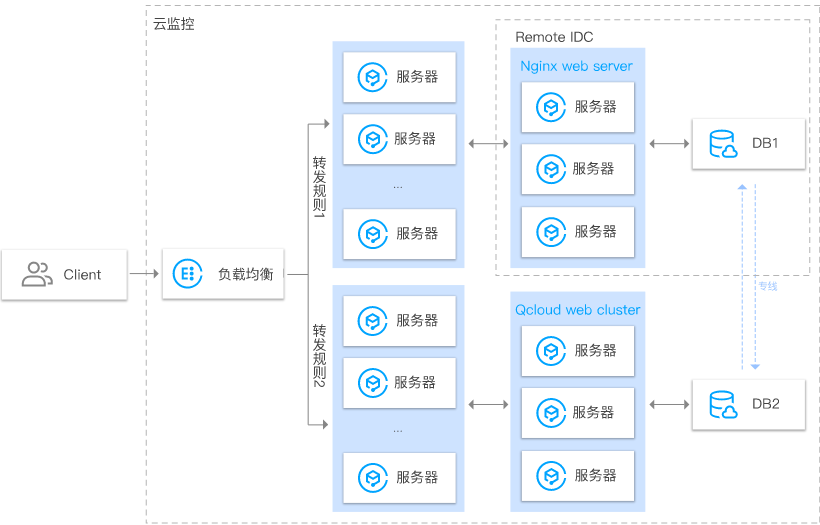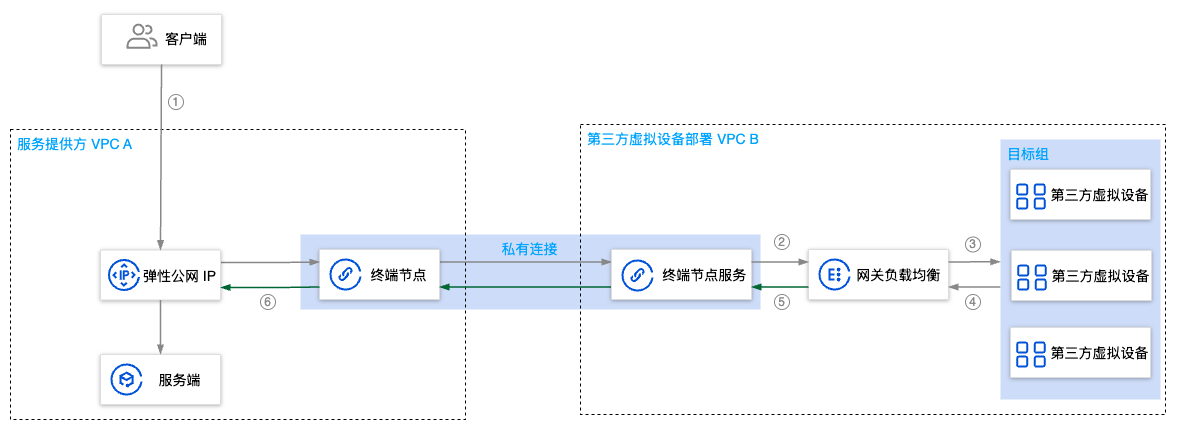YOUR COOKIE PREFERENCES
We use cookies that are necessary to provide the Tencent Cloud website. We would also like to use other cookies to improve your experience, optimise and analyse Tencent Cloud website features and usage. For more information, please refer to our Cookies Policy.

计算

数据库

视频服务

人工智能与机器学习

行业应用

容器与中间件

网络

安全

开发与运维

存储

CDN与边缘

大数据

云通信与企业服务

成为合作伙伴

培训与支持

动态速递

社区

资源中心

客户案例

培训与认证
腾讯AI防诈黑科技!拦截99%+深度伪造攻击!



















